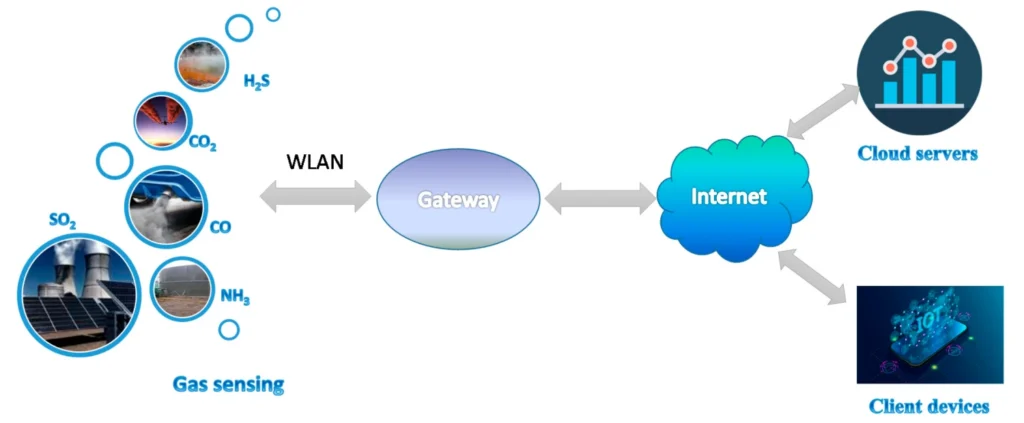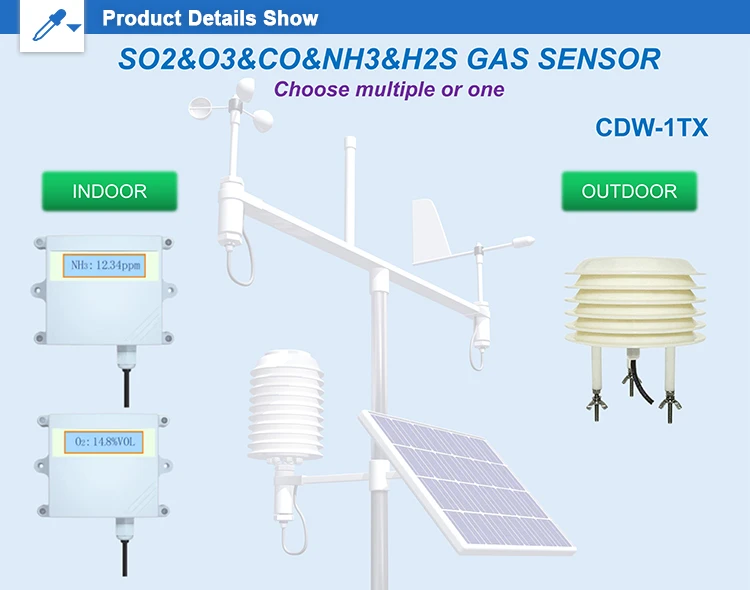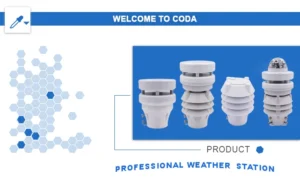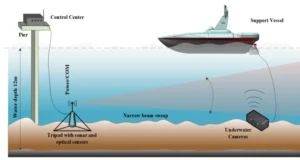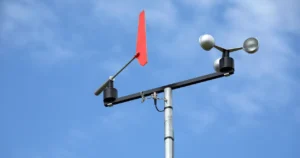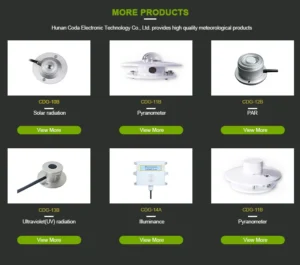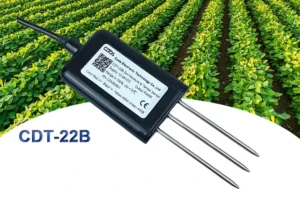The Working Principle and Applications of Semiconductor Gas Sensors
Gas sensors play a crucial role in environmental monitoring, offering reliable and effective solutions for detecting various gases.
What Is a Semiconductor Gas Sensor?
To understand semiconductor gas sensors, it is essential to first grasp the concept of semiconductors. Semiconductors are materials with electrical conductivity levels between conductors and insulators at room temperature. Engineers widely use them in integrated circuits, consumer electronics, communication systems, solar power generation, lighting applications, and power conversion technologies. For example, manufacturers create devices like diodes using semiconductors. From both technological and economic perspectives, semiconductors are indispensable.
Types of Semiconductor Gas Sensor
Semiconductor gas sensors can be broadly classified into **resistive** and **non-resistive** types:
1. **Non-Resistive Gas Sensors:**
These sensors utilize certain physical effects and device characteristics to detect gases. Examples include exploiting the volt-ampere characteristics of Schottky diodes or monitoring threshold voltage changes in metal-oxide-semiconductor field-effect transistors (MOSFETs).
2. **Resistive Gas Sensors:**
These sensors measure changes in the material’s resistance to detect gas concentrations. Advantages include high sensitivity, compact design, low-cost manufacturing, short response/recovery times, and ease of operation. Most commercially available semiconductor gas sensors belong to this category.
Working Principle of Semiconductor Gas Sensors
In an ideal vacuum environment (without external interference), semiconductors exhibit significant electrical conductivity due to the free electrons they contain. However, when exposed to air, oxygen molecules adsorb onto their surface and trap these free electrons. This interaction increases the material’s electrical resistance.
For example, in methane detection:
– When methane comes into contact with the semiconductor surface, it reacts with the adsorbed oxygen molecules.
– This reaction releases the trapped electrons back into the semiconductor material, enhancing its electrical conductivity.
– The semiconductor’s resistance decreases as electrons return. Measuring this resistance change, which correlates with methane concentration, allows us to determine the corresponding gas content.
This electron exchange mechanism between the semiconductor material and gas molecules underlies the sensor’s functionality.
Materials Suitable for Semiconductor Gas Sensors
The ideal materials for semiconductor gas sensors possess the following characteristics:
1. Easy availability of raw materials.
2. High adsorption capacity for oxygen and target gases at lower temperatures, along with the ability to facilitate effective chemical reactions at these conditions.
3. Good desorption properties for reaction products, ensuring sensor reliability and recyclability.
4. Strong compatibility and chemical stability when combined with auxiliary materials, as well as appropriate electrical conductivity characteristics facilitated by controlled micro-defects.
Commonly used materials include tin dioxide (SnO₂), tungsten oxide (WO₃), indium oxide (In₂O₃), and zinc stannate (Zn₂SnO₄).
Future Prospects of Semiconductor Gas Sensors
Within the numerous categories of gas sensors available today, semiconductor-based systems hold exceptional promise for future advancements. Key reasons include:
– Their straightforward working principle enables the conversion of gas information into electrical signals in a single step.
– Stability of the sensing medium ensures long-lasting performance.
– Their relatively low manufacturing costs make large-scale deployment economically feasible.
These benefits allow for ongoing innovation. They also make semiconductor sensors a good option for meeting society’s needs in environmental monitoring.
A Sensor Solution for Your Needs
If you are seeking a top-quality sensor solution for environmental monitoring systems, consider Coda Sensors. Hunan Coda Electronic Tech Co., Ltd. is a top provider in this field. We focus on delivering strong solutions that meet your needs.
Our mission is to deliver exceptional care and service to our clients while maintaining profitability. We aim to help organizations achieve their objectives through cutting-edge sensor solutions rooted in innovation and market relevance.
At Hunan Coda Electronic Tech Co., Ltd., we know that real growth happens when new technologies meet market needs. Connect with us to discover how we can help your business thrive through pioneering sensor technology!

